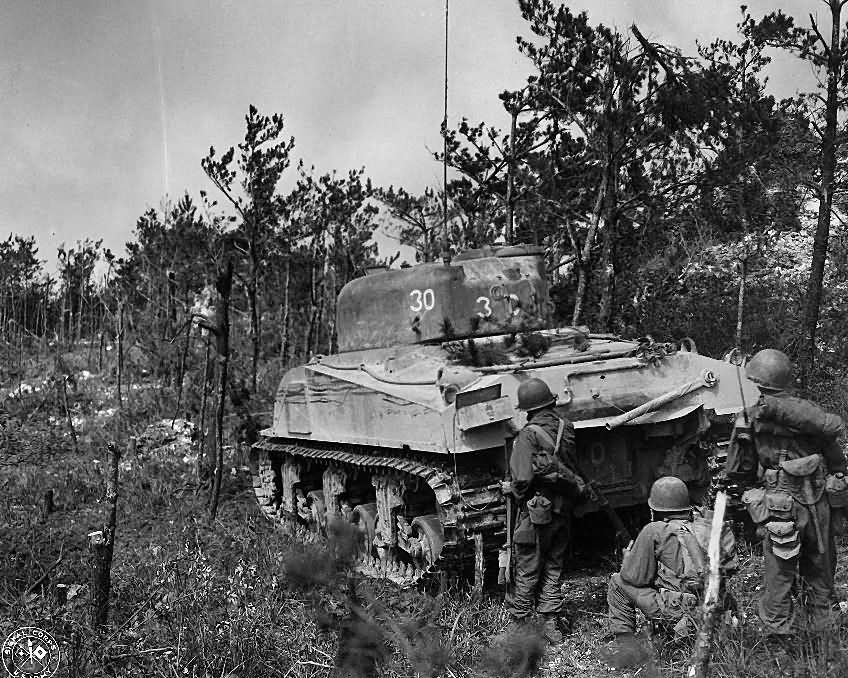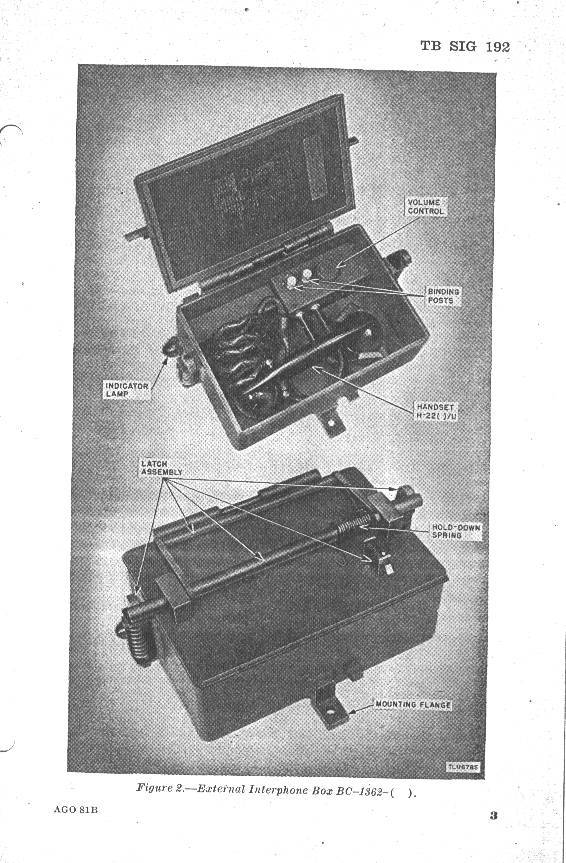Tank Infantry Communication: That’s Right, Tanks, and Infantry radios Did Not Talk to Each Other!

M4 tanks and US Armor, in general, couldn’t talk to the infantry they were tasked to support. When I first read about the communication problems between tankers, and the ‘doughs’ they were fighting with I was surprised. It’s hard to believe in today’s world; talking to people inside a vehicle right next to you would be a problem, like send a text right bro? Well not back in the forties, they did have two-way radios, but the technology used vacuum tubes, because transistors had not been invented, and they were not very reliable and had a limited number of radio frequencies they could talk on. They also had the problem that tank radios and infantry radios did not share frequencies or even band!

So Shermans would be sent to support Infantry, usually, a separate tank battalion would send a platoon over to regiment of infantry, often the battalion would be assigned to the same infantry division for a long period of time so they could get used to working with the same people. This helped, but in combat, they still had real communication problems, no matter how long they had worked together in training. This problem didn’t really come to the top until after D-Day when the Sherman was supporting infantry in the bocage country, and close cooperation was needed. A platoon could be broken down further to support smaller units as well, and it wasn’t unheard of for a single tank to support a company, though they really tried to at least keep tanks paired up.
Things would normally go well communication-wise before the shooting started; at least the tank commander would be riding with his head stuck out; so he could talk to the infantry riding on his tank or walking around it. A savvy infantry officer may be on the tank talking to the commander. Once the tank started taking enough fire for the crew to close those hatches, everything changed. No amount of yelling or even banging on the tank would get the crew’s attention. Since the tanks and infantry were not on the same radio nets, if they wanted to get orders to the tank through the radio, they had to radio up to battalion or regiment level, get someone to find the tank battalion commander or someone who could talk to the tank on the radio, and then hope, they could get that actual tank on the net during the firefight. This did not work well. Often it took a man standing in front of the tank and waving his arms to get them to open up, this clearly was not an ideal solution either, and even when the commander did pop his head out, he had a very hard time hearing anything with his helmet on.
If the tank unit and infantry units got to train together and had been working together for a long time, this was less of a problem than a tank battalion assigned to a new infantry division with no combat time and little tank/infantry training. This lack of combination became a clear and prominent problem in the bocage fighting in Normandy when infantry wouldn’t be able to warn the tank they were working with of an imminent threat in a timely manner. The infantry would often be forced to fall back from the tanks leaving them alone, and easy targets for enemy infantry close assaults.
Various solutions were improvised in the field; they tried using the infantry’s handy talky from inside the tank, but the tank’s electrical system caused too much interference. They also tried giving company level infantry headquarters spare tank radios, mounted to a backboard, but they were really too heavy to be practical, and not common enough to be all that useful. Some smart tanker figured out if you poked the handy talkie’s antennae out of the hatch, it worked, and that was the best solution for a little while. They also tried rigging up field telephones, with spools on the back of the tanks to let out the phone wire as they advanced, but the wire broke easily and restricted how the tank could move.
The best solution was worked out by Operation Cobra, and many tanks went into combat sporting it. The fix was mounting an EE-8 field telephone in a .30 caliber ammo box on the back of the tank. This phone was wired into the tanks intercom so anyone could walk up and say, “Hey! You blind Sonsobitches!! Shoot the machine gun nest over to the right, that house you’re shooting up is empty, you stupid bastards!!” or something to that effect. This, of course, could get the infantry guy, who wanted to talk to the tank shot, since he had to stand up behind the tank, but they still haven’t come up with something better, and M1A2 Abrams tanks are getting infantry phones installed on them now.
The Marines came up with this solution as well, but faster since they used the M4 for much less time than the Army. They did come up with it around the same time as well, in July of 44. They found it essential for working in close with the fellow marines. The Japanese at this point was using man-powered shaped charges on a pole, or magnetic mines, and the tanks really depended on the infantry around them to be their eyes. Marine tanks operated buttoned up once the shooting started, without the phone, they were much less effective.
Sources: Armored Thunderbolt by Zaloga, Yeide’s TD and two separate tank battalion books, Sherman by Hunnicutt, Combat Lessons, The Rank and file, what they do and how they are doing it 1-7, and 9. Oscar Gilbert’s, Marine Tank Battles in the Pacific, Son of a Sherman by Stansell and Laughlin, M4 Sherman tank at war by Green, the Lone Sentry,
